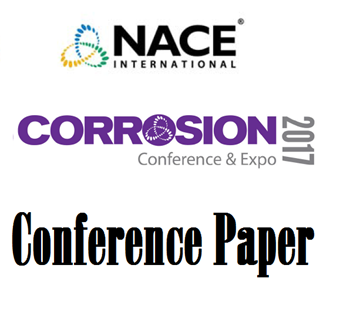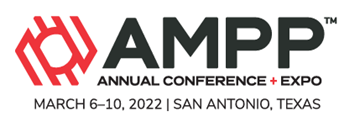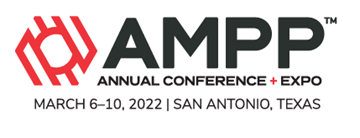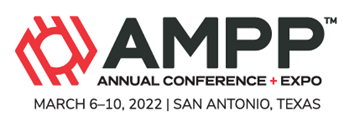Search
Cathodic Protection
View as
Sort by
Display
per page
RP0572-1985, Design, Installation, Operation, and Maintenance of Impressed Current Deep Groundbeds
Product Number:
53012-HD1985
Publication Date:
1985
$179.00
RP0572-HD1972-SG, Design, Installation, Operation, and Maintenance of Impressed Current Deep Groundbeds
Product Number:
RP-05-72-HD1972
Publication Date:
1972
$179.00
RP0572-HD1995-SG Design, Installation, Operation, and Maintenance of Impressed Current Deep Groundbeds-HD1995
Product Number:
21007-HD1995
Publication Date:
1995
$179.00
RP0575-HD1975-SG Design, Installation, Operation, and Maintenance of Internal Cathodic Protection Systems in Oil Treating Vessels-HD1975
Product Number:
21015-HD1975
Publication Date:
1975
$179.00
RP0575-HD1995-SG Internal Cathodic Protection Systems in Oil-Treating Vessels-HD1995
Product Number:
21015-HD1995
Publication Date:
1995
$179.00
RP0590-1990, Recommended Practice for Prevention, Detection and Correction of Deaerator Cracking
Product Number:
53075-HD1990
Publication Date:
1990
$179.00
Sacrificial Anodes for Reinforced Concrete Structures: A Review
Product Number:
51317--9078-SG
ISBN:
9078 2017 CP
Publication Date:
2017
$20.00
Salt Deposition On F-5 Aircraft In Various Service Environments
Product Number:
51322-17799-SG
Publication Date:
2022
$20.00
SCC Of Tensile Wires At High CO2 Partial Pressure In Simulated Annulus Environments Of Flexible Pipes
Product Number:
51322-17898-SG
Publication Date:
2022
$20.00
Sensitivity Study Of Typical Pipelines And Station Pipes In Hydrogen Environment
Product Number:
51322-17707-SG
Publication Date:
2022
$20.00
SP0100-2014 (formerly RP0100), Cathodic Protection to Control External Corrosion of Concrete Pressure Pipelines and Mortar-Coated Steel Pipelines for Water or Waste Water Service
Product Number:
21090-SG
ISBN:
1-57590-096-3
Publication Date:
2014
$179.00
SP0100-2019, Cathodic Protection to Control External Corrosion of Concrete Pressure Pipelines and Mortar-Coated Steel Pipelines for Water or Waste Water Service
Product Number:
21090-2019
ISBN:
1-57590-096-3
Publication Date:
2019
$109.00












